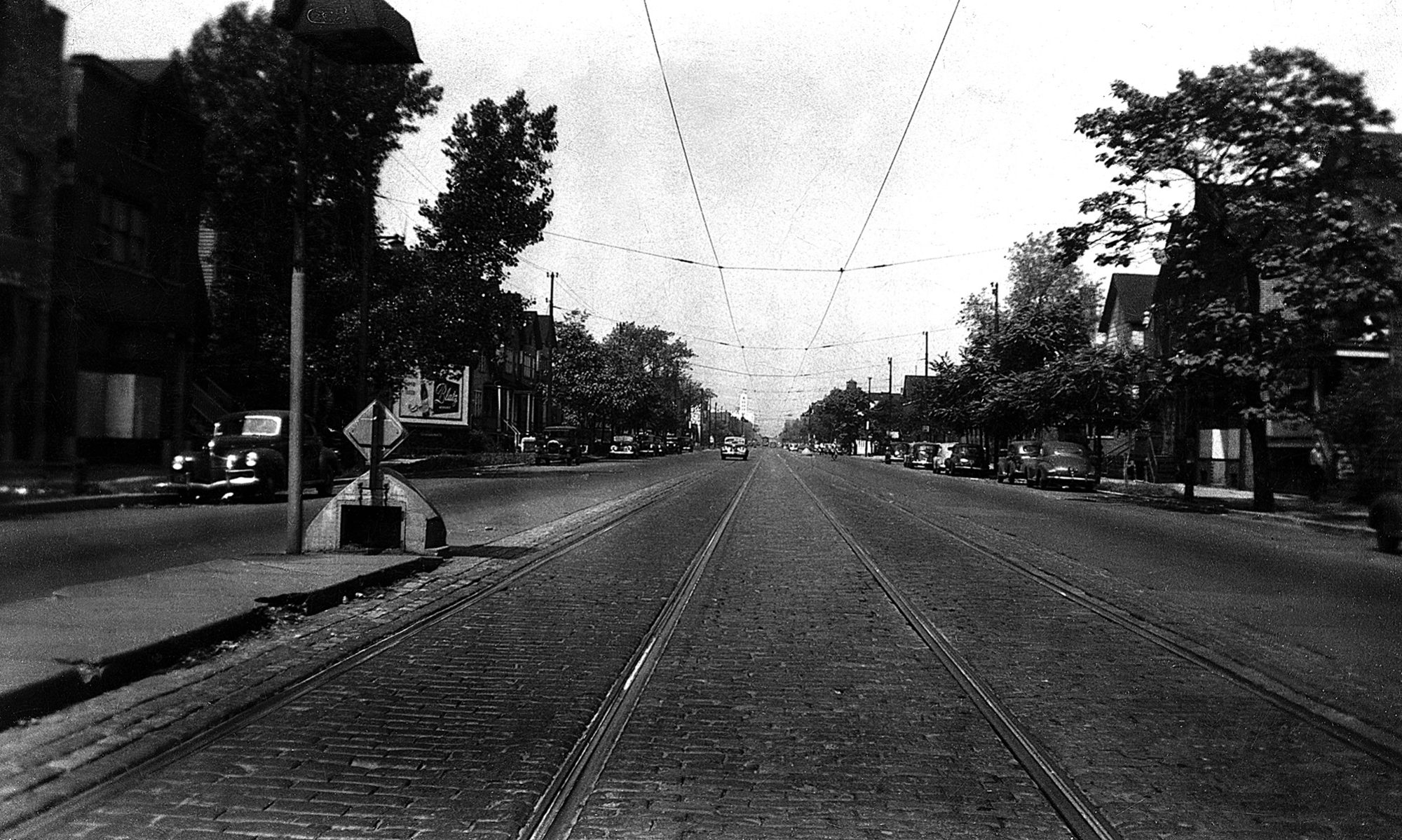I recently received my Yongnuo RF603N II flash triggers from B&H and I spent some time leaning how to work with speedlights manually, incorporating these triggers. My equipment includes a Nikon D750, an SB800 speedlight, and two SB600 speedlights. I am using an Impact umbrella and umbrella mount.
My goal is to improve my lighting capabilities for some indoor photo projects. I did not want to spend a lot of money since I am a lighting novice. Before I made my purchase, I did some research on manual speedlight techniques until I was confident that I would be able to use what I purchased.
The RF603N II flash triggers are inexpensive and effective for many photographers who don’t need High Speed Sync (HSS) or Through The Lens (TTL) flash control. The cost of the triggers was $27 per pair. I purchased two pairs. The 33″ umbrellas were $9.95 each for two of them and the umbrella mounts were $17.99 each. So, for less than $110, I set myself up with a good set of beginner lighting equipment.
The triggers themselves are made surprisingly well, given the price point. They are made in China and the instructions are well done despite the occasional translation issue. They can be configured to transmit/receive on any of twenty four channels in the 2.4 GHz band so that theoretically you can avoid interference with other devices in that band. The switch on each has three positions: off, Tx, and Tx/Rx. The Tx setting configures the trigger as a transmitter. The Tx/Rx setting allows the device to operate as a transceiver instead of just a transmitter.
The speedlight triggers set to Tx/Rx can go on speedlight stands. One of the flash triggers set to Tx goes on the camera hot shoe mount. Set the camera mode to Manual, power up the speedlights in Manual mode, and I’m ready to go.
Optionally, the trigger on the camera can be set to Tx/Rx and connected to the camera control port to control the shutter, DC2 in the case of my D750. In this configuration, one of the triggers set to Tx can be used as a remote shutter release so that the flash and the shutter can be triggered remotely using a handheld RF603N II. In my case, for example, I can have one trigger on the camera hot shoe, two on light stands with speedlights, and one in my hand to control the shutter and flash. When used as a shutter release, the RF603N II button operates just like the shutter button on the camera with a partial press of the button to focus and a full press to release the shutter. The partial press can also wake the SB800 or SB600 if they timeout and go to sleep.
I don’t think there is a limit to the number of these triggers that you can use as receivers with speedlights. If I need more light, I could purchase more of the RF603N II triggers and pair them with brand-x speedlights in my configuration. Other types of lighting can also be connected to these triggers using the PC port on each.
After working for a few hours to understand the triggers and their relationship with the camera and the speedlights, I was pleased with the results. I used the in-camera histogram and preview displays to tune the shutter speed, ISO, aperture, and flash power. I won’t get into the details here. If you want more information on manual speedlight techniques, the best place to find it is YouTube. Search for “manual speedlight tutorial”.
Using manual flash requires some extra steps, but if you are on a budget or just beginning to get into lighting, the Yongnuo RF603N II is an effective solution. I have learned a lot about lighting in the process of setting up and using my gear. I am ready for my first indoor lighting project.
